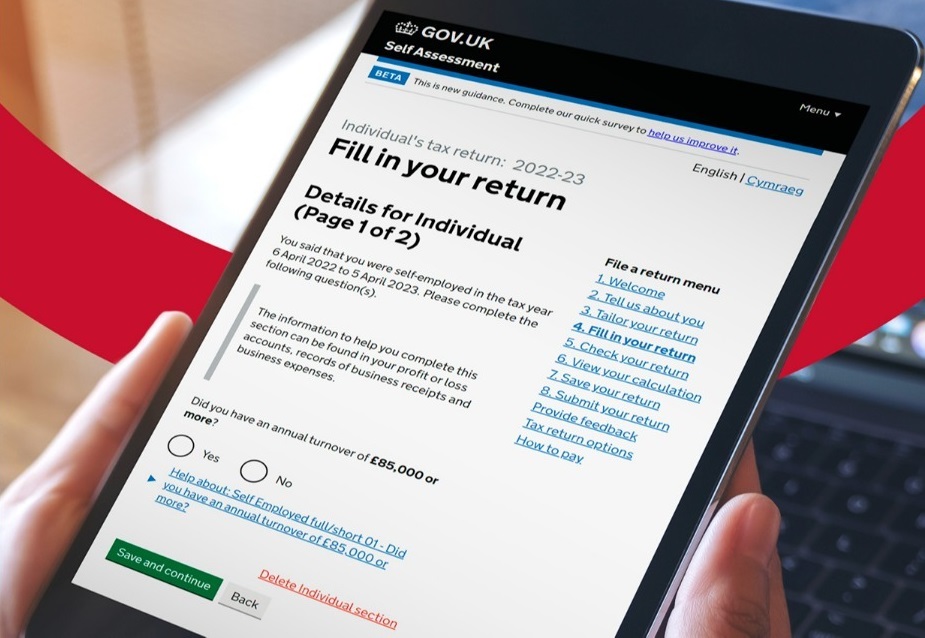Vast majority of staff in most departments are performing their duties from home
Credit: Kirsty O’Connor/PA Wire/PA Images
Up to four in five staff at the Department for Work and Pensions are working on site amid the coronavirus crisis, new figures have revealed – while most staff in other departments work from home.
DWP was one of only two departments – the other being HM Revenue and Customs – to say they had a double-digit proportion of staff working from government offices during the pandemic.
The figures were shared in responses given over the last month to a series of parliamentary questions from SNP MP Margaret Ferrier and Labour MP Dan Carden.
Work and pensions minister Mims Davies said at the end of April that, while the department’s HR system does not specifically log working from home figures, data from its computer system suggested around 20% were logging in remotely.
Responding to a follow-up question on 11 May, Davies said that where staff were able to “effectively contribute” to its response to Covid-19 from home, they were doing so.
“Not all colleagues can work from home because they need to access equipment, programmes and support to enable them to do their telephony and processing work,” she said.
While Jobcentres have been closed to the public since March, thousands of staff are required to be on site to run virtual call centres and other operations that have been set up to handle a huge surge in applications for Universal Credit.
20%
Proportion of DWP staff remotely logging in to work systems
13,000
Additional computers bought by DWP to enable home working
10
Number of staff at the Department for International Trade – out of a total of 2,000 – that are in the office at any one time
16 March
Date on which prime minister Boris Johnson urged citizens to halt all non-essential contact, and work from home where possible
DWP permanent secretary Peter Schofield said in late March that around 23,000 Jobcentre staff had been moved into “virtual service centres” to deal with claims.
Earlier this month work and pensions secretary Thérèse Coffey said staff were handling around 20,000 to 25,000 Universal Credit claims a day – twice the usual volume before the coronavirus outbreak – having peaked at ten times the usual volume of claims in one week.
“We are requiring these employees to be in the office but, in line with the government’s advice on critical workers, we are taking all practical steps to protect the health and safety of colleagues working in our offices,” Davies said.
DWP has also procured extra IT equipment – including nearly 13,000 computers – to enable more staff to work from home. This also includes specialist equipment for employees who need it for accessibility reasons, Davies said.
Asked about the figures, a DWP spokesperson directed PublicTechnology sister publication Civil Service World to Davies’s second statement on 11 May.
Of the 13 departments the two MPs put questions to, HM Revenue and Customs had the second-highest proportion of employees working in government buildings – around 10% – “owing to operational requirements”.
“HMRC will keep this under review as and when the government advice in response to Covid-19 evolves, ensuring that they protect the safety of their workforce and continue to deliver their vital public functions,” financial secretary to the Treasury Jesse Norman said on 11 May.
At the Department of Health and Social Care, more than 90% of staff were estimated to be working from home and, at the Department for Transport, around 94% were working remotely.
“The remaining 6% is made up of those who cannot work from home due to their frontline roles, those who require access to specialist equipment, or can’t work from home because of their living arrangements,” transport minister Chris Heaton-Harris said.
‘Remote working by default’
The responses indicated that, in most ministries, all but a handful of staff were able to work remotely.
“In response to the prime minister’s statement on 16 March, the civil service moved to remote working by default, where possible to do so,” said Kemi Badenoch, exchequer secretary to the Treasury, where “less than 1%” of staff have been physically attending an office during lockdown.
She said on the “very rare occasions where it is not possible for Treasury employees to work from home”, they are allowed to work from the office with permission from their director, she said.
“HMRC will keep this under review as and when the government advice in response to Covid-19 evolves, ensuring that they protect the safety of their workforce and continue to deliver their vital public functions”
Jesse Norman, financial secretary to the Treasury
The Cabinet Office, the Department for Business, Energy and Industrial Strategy and the Department for Education all gave similar responses, saying the vast majority of staff were working from home.
The Department for Digital, Culture, Media and Sport and the Scotland Office said all of their staff were able to work from home.
At the Department for International Development, 98% of staff were working from home
The Department for International Trade, which has more than 2,000 employees in the UK, said it had a “small number of essential staff” in the office – around 10 at any time.
“This is by exception and requires prior approval from a senior manager,” trade minister Greg Hands said.
The Home Office and the Ministry of Defence declined to provide figures on the number of staff working from home, as they said the data was not held centrally. However, both said they had guidance in place telling employees not to come into the office unless they had critical work they could not complete at home.



